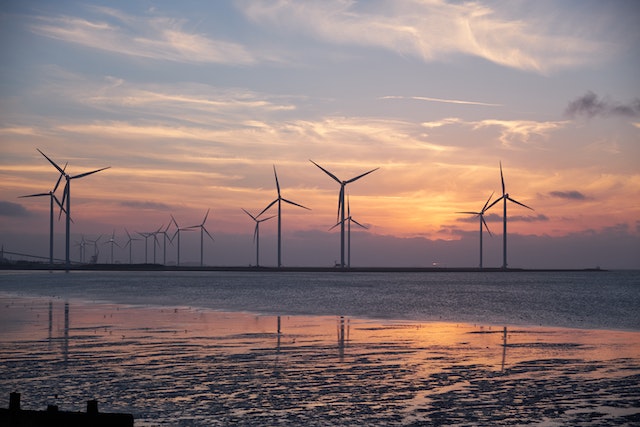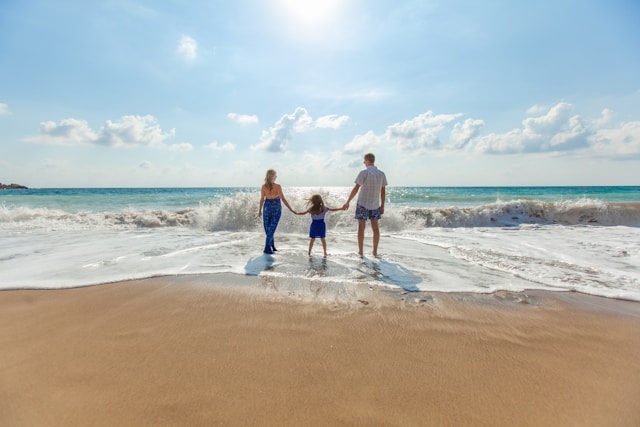Australia will join an offshore wind alliance to catch up on the technology and harness some of the best winds in the world.
“Countries around the world have taken advantage of the jobs and energy that offshore wind can provide,” Climate and Energy Minister Chris Bowen said at international climate talks.
“It’s time for Australia to do the same.”
The Global Offshore Wind Alliance is a grouping of governments and companies that aims to get to at least 380 gigawatts of global offshore wind capacity by 2030.
Belgium, Colombia, Germany, Ireland, Japan, the Netherlands, Norway, the United Kingdom and the United States have joined the alliance during COP27 in Sharm el-Sheikh in Egypt.
The group was launched in September by the International Renewable Energy Agency, Denmark and the Global Wind Energy Council to tackle the climate and energy security crises.
Offshore wind capacity will need to be more than 2000GW by 2050, from more than 60GW currently, to help limit global warming to 1.5 degrees and achieve net zero carbon emissions, according to the agency.
Clean Energy Council CEO Kane Thornton said joining the alliance is a positive signal Australia is serious about offshore wind as a key part of the energy mix and economy.
“The opportunity for Australia is enormous,” he said from Sharm el-Sheikh.
Mr Bowen said offshore wind will play a “pivotal role” in Australia’s clean energy transition and ambition to become a renewable energy superpower.
Floating wind farms can be strategically positioned offshore, each one capable of replacing an ageing coal-fired plant and plugging into the electricity grid.
Having an offshore wind industry will create thousands of jobs every year in construction, maintenance and monitoring, Mr Bowen said.
Experts say Australia has “second mover advantage” with technology costs falling while new federal laws provide investment and regulatory certainty.
Modelling in Australia by developers and independent experts shows offshore wind can operate at high capacity at night, when onshore wind and solar are both at a low ebb.
The Albanese Government has announced six proposed regions to support Australia’s ambition to get the electricity grid to 82 per cent renewable energy by 2030.
Winds in the Bass Strait are among the best in the world and could help Victoria halve emissions by 2030, which is why the state government is pushing to be the first Australian jurisdiction to get a project up.
“Australia is starting behind the pack when it comes to offshore wind, having wasted a decade,” Mr Bowen said.
Marion Rae
(Australian Associated Press)





